Hossein Sadr
Object Detection for Automated Coronary Artery Using Deep Learning
Dec 19, 2023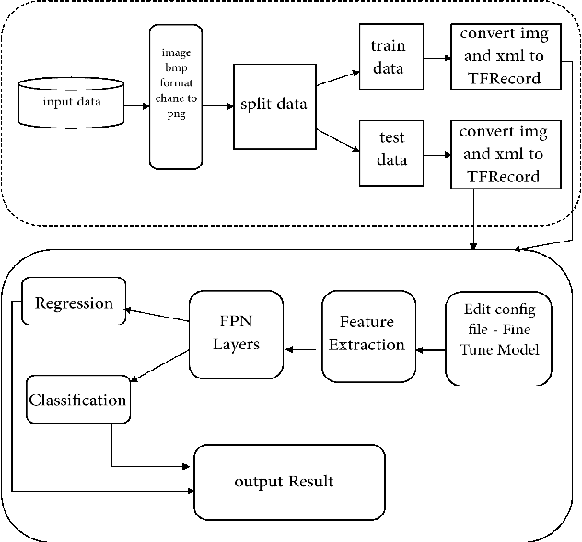

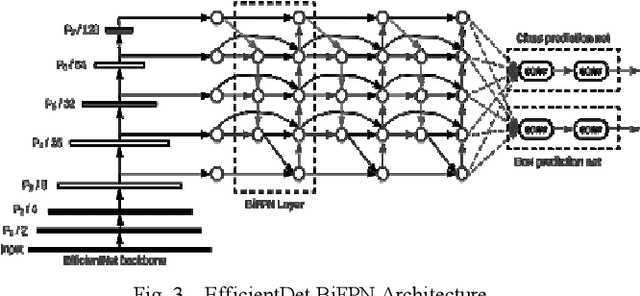
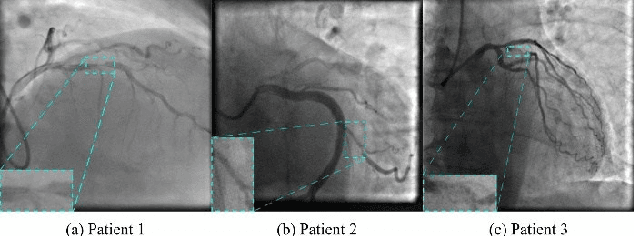
Abstract:In the era of digital medicine, medical imaging serves as a widespread technique for early disease detection, with a substantial volume of images being generated and stored daily in electronic patient records. X-ray angiography imaging is a standard and one of the most common methods for rapidly diagnosing coronary artery diseases. The notable achievements of recent deep learning algorithms align with the increased use of electronic health records and diagnostic imaging. Deep neural networks, leveraging abundant data, advanced algorithms, and powerful computational capabilities, prove highly effective in the analysis and interpretation of images. In this context, Object detection methods have become a promising approach, particularly through convolutional neural networks (CNN), streamlining medical image analysis by eliminating manual feature extraction. This allows for direct feature extraction from images, ensuring high accuracy in results. Therefore, in our paper, we utilized the object detection method on X-ray angiography images to precisely identify the location of coronary artery stenosis. As a result, this model enables automatic and real-time detection of stenosis locations, assisting in the crucial and sensitive decision-making process for healthcare professionals.
Using Machine Learning Based Models for Personality Recognition
Jan 17, 2022Abstract:Personality can be defined as the combination of behavior, emotion, motivation, and thoughts that aim at describing various aspects of human behavior based on a few stable and measurable characteristics. Considering the fact that our personality has a remarkable influence in our daily life, automatic recognition of a person's personality attributes can provide many essential practical applications in various aspects of cognitive science. deep learning based method for the task of personality recognition from text is proposed in this paper. Among various deep neural networks, Convolutional Neural Networks (CNN) have demonstrated profound efficiency in natural language processing and especially personality detection. Owing to the fact that various filter sizes in CNN may influence its performance, we decided to combine CNN with AdaBoost, a classical ensemble algorithm, to consider the possibility of using the contribution of various filter lengths and gasp their potential in the final classification via combining various classifiers with respective filter size using AdaBoost. Our proposed method was validated on the Essay dataset by conducting a series of experiments and the empirical results demonstrated the superiority of our proposed method compared to both machine learning and deep learning methods for the task of personality recognition.
Combination of Convolutional Neural Network and Gated Recurrent Unit for Energy Aware Resource Allocation
Jun 23, 2021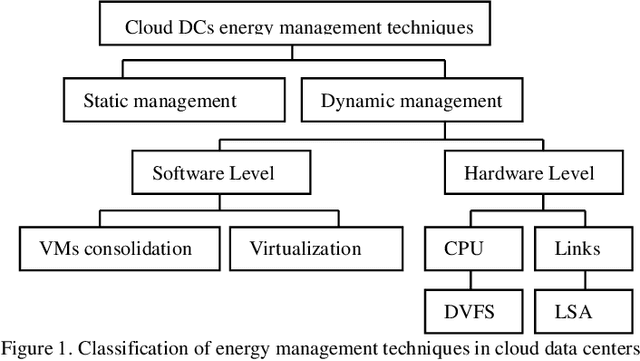
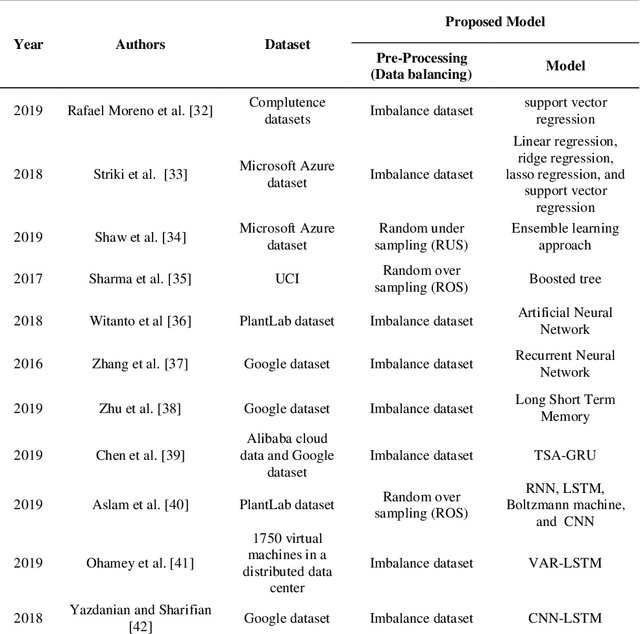
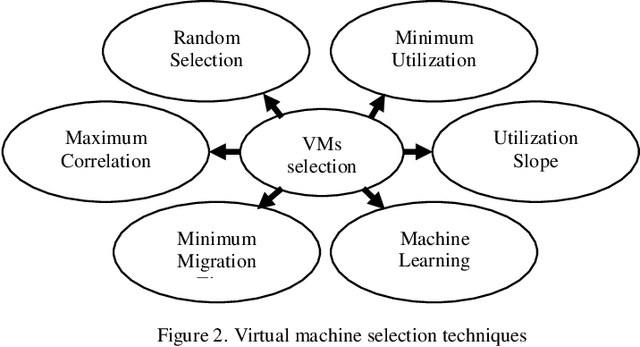
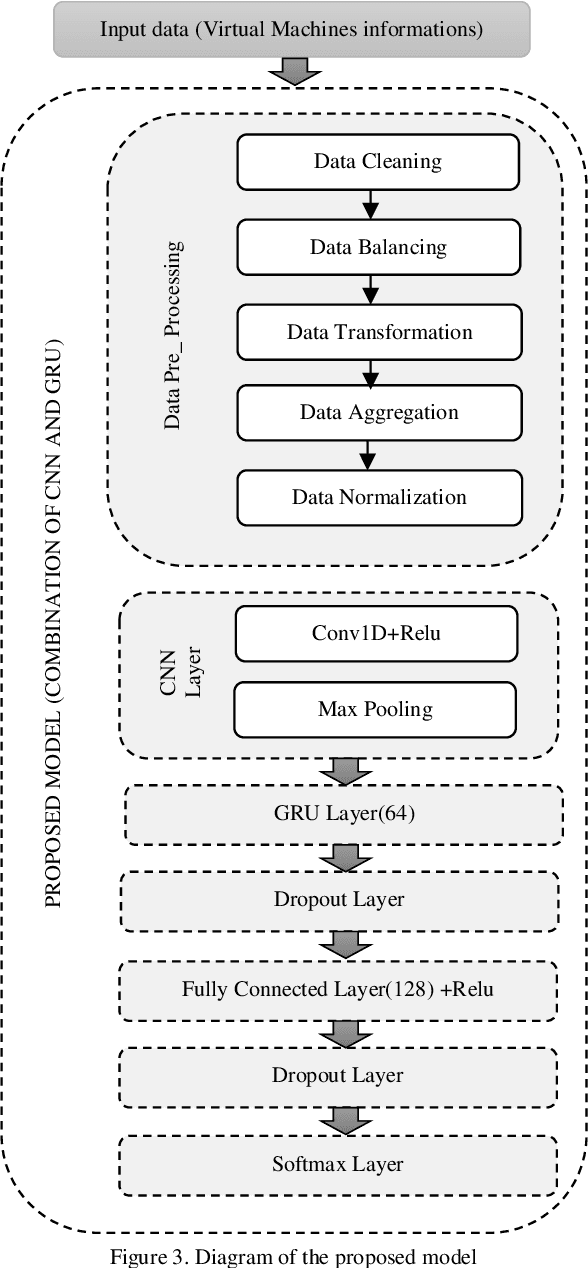
Abstract:Cloud computing service models have experienced rapid growth and inefficient resource usage is known as one of the greatest causes of high energy consumption in cloud data centers. Resource allocation in cloud data centers aiming to reduce energy consumption has been conducted using live migration of Virtual Machines (VMs) and their consolidation into the small number of Physical Machines (PMs). However, the selection of the appropriate VM for migration is an important challenge. To solve this issue, VMs can be classified according to the pattern of user requests into sensitive or insensitive classes to latency, and thereafter suitable VMs can be selected for migration. In this paper, the combination of Convolution Neural Network (CNN) and Gated Recurrent Unit (GRU) is utilized for the classification of VMs in the Microsoft Azure dataset. Due to the fact the majority of VMs in this dataset are labeled as insensitive to latency, migration of more VMs in this group not only reduces energy consumption but also decreases the violation of Service Level Agreements (SLA). Based on the empirical results, the proposed model obtained an accuracy of 95.18which clearly demonstrates the superiority of our proposed model compared to other existing models.
A Novel Deep Learning Method for Textual Sentiment Analysis
Feb 23, 2021
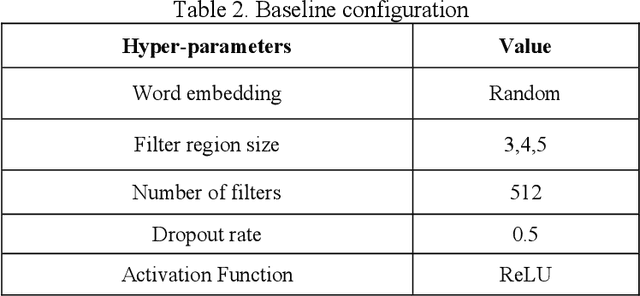
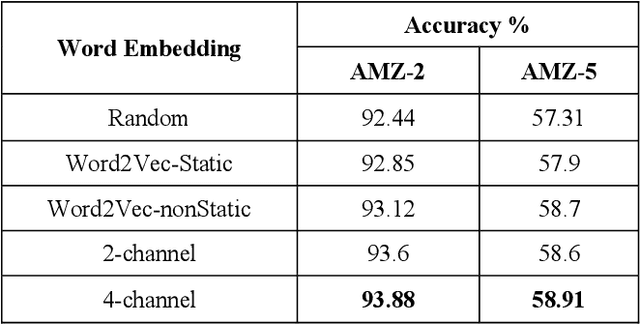
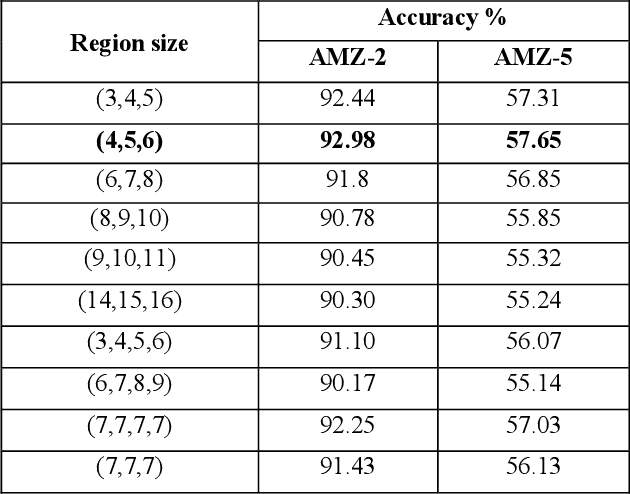
Abstract:Sentiment analysis is known as one of the most crucial tasks in the field of natural language processing and Convolutional Neural Network (CNN) is one of those prominent models that is commonly used for this aim. Although convolutional neural networks have obtained remarkable results in recent years, they are still confronted with some limitations. Firstly, they consider that all words in a sentence have equal contributions in the sentence meaning representation and are not able to extract informative words. Secondly, they require a large number of training data to obtain considerable results while they have many parameters that must be accurately adjusted. To this end, a convolutional neural network integrated with a hierarchical attention layer is proposed which is able to extract informative words and assign them higher weight. Moreover, the effect of transfer learning that transfers knowledge learned in the source domain to the target domain with the aim of improving the performance is also explored. Based on the empirical results, the proposed model not only has higher classification accuracy and can extract informative words but also applying incremental transfer learning can significantly enhance the classification performance.
 Add to Chrome
Add to Chrome Add to Firefox
Add to Firefox Add to Edge
Add to Edge